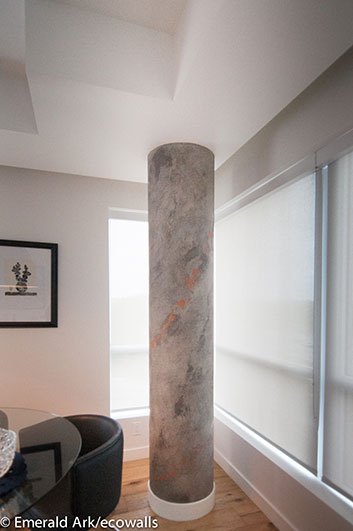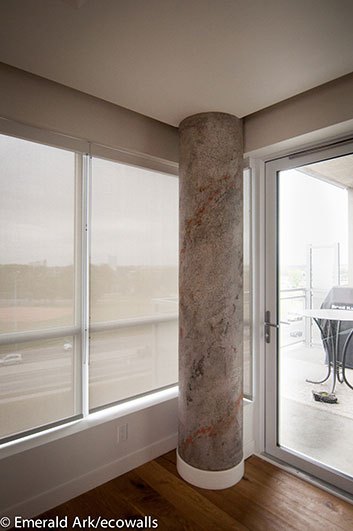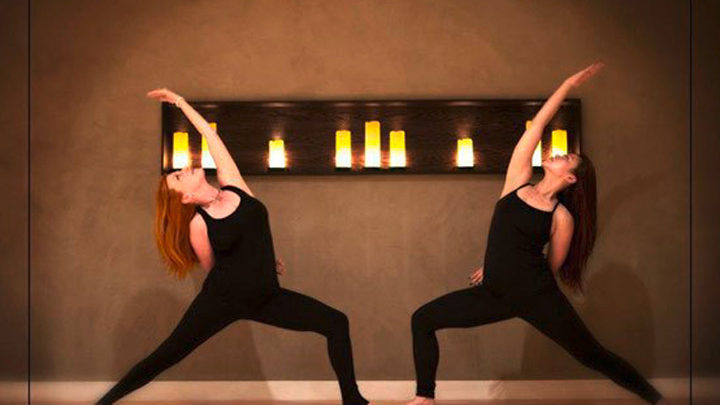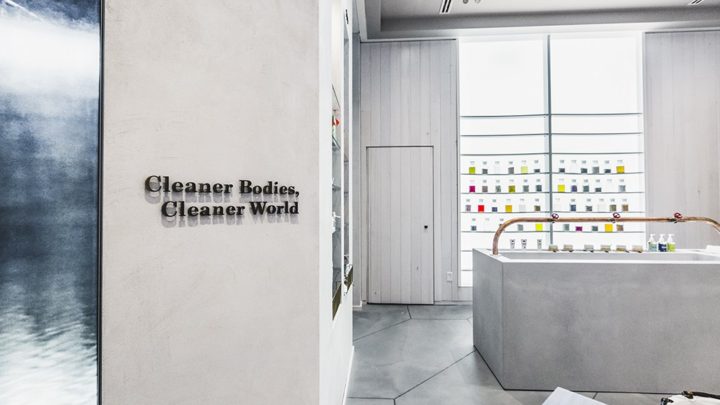Lime.
Marble dust.
Sand.
Pigment.
Marseilles soap.
Sweat.
Bursitis.
Artistic vision:
these are the only ingredients that go in all our lime plaster installations.

Later the Romans were known to use it mixed with marble dust as a fine application over a coarser lime and sand aggregate. Continued use of slaked lime putty existed throughout the middle ages.
The art of Venetian plastering was reintroduced in the 16th century by the architect Palladio, when many of the palazzos of Venice were decorated with Marmorino (meaning ‘small marble’) and Grassello di Calce (meaning ‘fat lime’)
We do our best in ensuring that the plaster ingredients and formulas to achieve our finishes are as true to the traditional old world ways. The result is entirely unique: no other surface on the planet looks exactly alike. Great care goes into its design. Organic randomness like you see in these columns does not “just happen”. It looks easy, but humans are notoriously unskilled at it. We are creatures of habit and repetitive movement. The body and the mind love to pattern. Eventually.
This client was depressed with how the original builders had finished these four features (2 feature walls and 2 columns). They had been promised a “concrete look”.
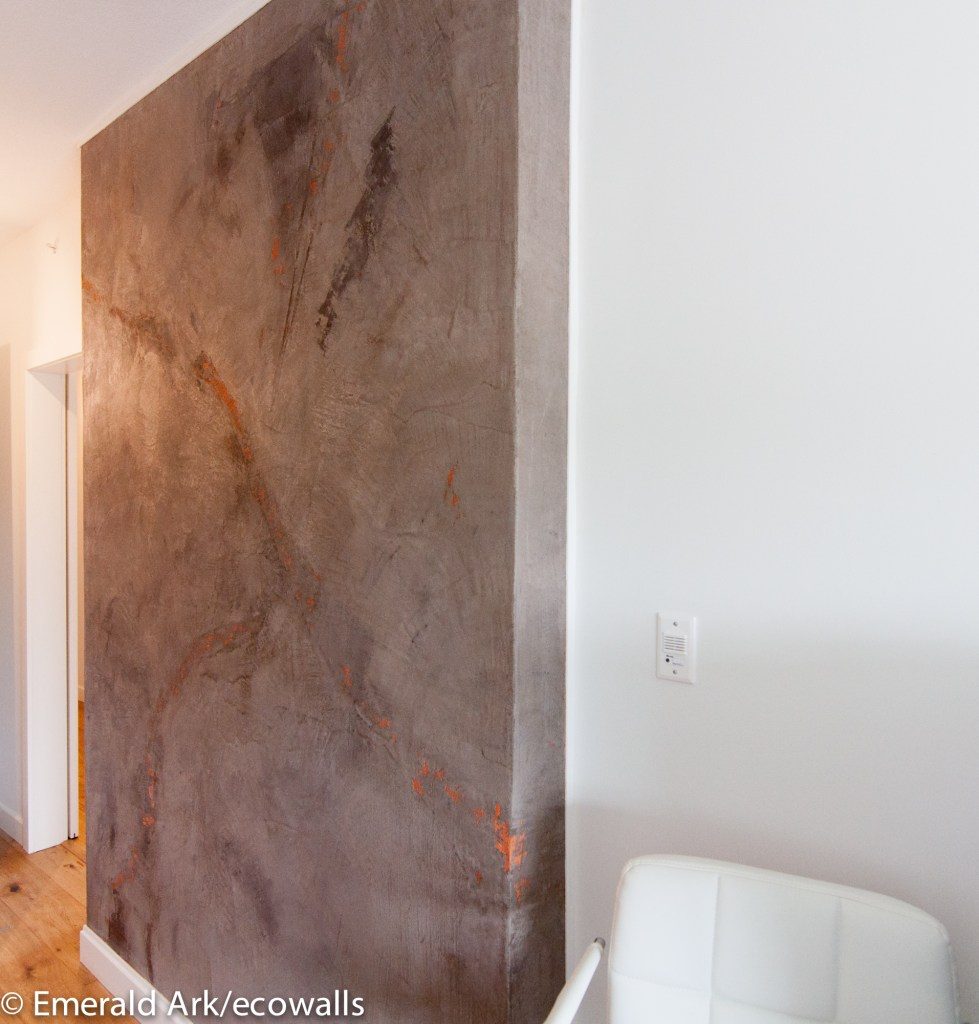
Intonachino Medium base, Intonachino 2nd coat, Carrara accents, marseilles soap sealer
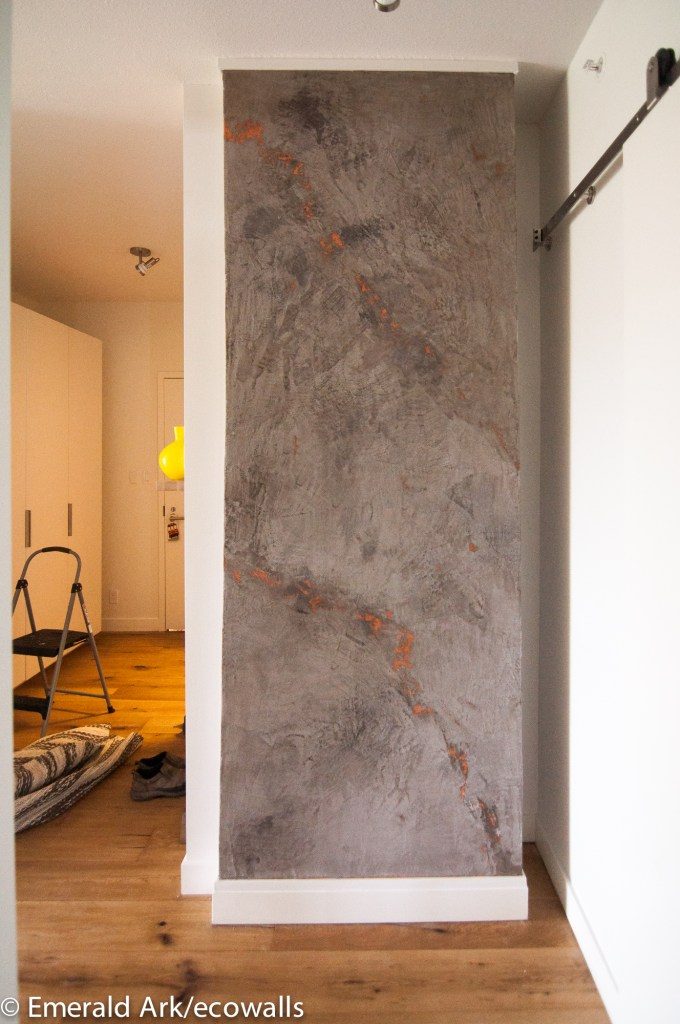
Instead, what they got was stucco parching with some sort of transparent acrylic sealer. I am scared to put the “before” pictures in fear that someone out there–a robot even–mistake them for my work. It was all kinds of fugly.
When I left my client’s home today, they had big smiles on their faces. The air was infused with the aroma of marseilles soap and I was happy.

